To maintain our sanity, we arrived late at the Open Air Museum in Arnhem (nothing to do with World Word II) or known in Dutch as the Open Lucht Museum. It is a large outdoor museum consisting of numerous historical structures, placed in an agricultural setting. It was founded in 1912, and has managed to collect dozens of numerous structures and artifacts since then. The building/stop exhibit numbers went through 100. They have collected everything from bridges to mills to houses. To get a sense of the layout, we took the tram full circuit through the park and back to the entrance. The first major stop we had was a Dutch farmhouse circa 1600s. Inside, a museum volunteer dressed as a farmer’s wife served us vegetable soup she made herself in the house. It was very good, and she was very pleasant company. G intrigued the woman with his Polaroid 100 Land Camera. It is an original from the 1960s.
The next most heavily built section was an example of canal based architecture such as windmills, sawmills, and traditional farms. The windmill based sawmill was one of five left in the Netherlands. The technology helped the Dutch Navy outnumber the British hundreds of years ago. In the midst of the museum, I managed to find different varieties of cow breeds, including my old favorite Belted Galloway. Luckily the ones I worked with in college didn’t contain horns. The busiest area in the park was an old Dutch estate with converted buildings.
Inside were a pofferjes cafe, general/souvenir store, candy store, and bakery. We picked up something from every place, including a little souvenir, some candies G suggested (licorice and raspberry types), and bakery items. Outside the pofferjes cafe we had something to drink with the gevulde koek and zeeuwse bolussen we bought. Gevulde koek are pastries filled with almond paste, and zeeuwse bolussen are like cinnamon rolls without the sugar top. In the middle of our break, a teenage girl toting a Nikon chased after a wedding party, seemingly very overwhelmed. This was definitely the nicest looking area of the Open Air museum, and we spent extra time there. Wandering the park brought some interesting finds, like a working cheese factory and traditional old clogs. G had a funny time with most of the buildings, since many of the doorways and [some] ceilings were made for shorter people. Most of the time I could fit through, or only bend a bit. The most unusual discovery were sets of unicycles and small Penny-farthing (?) bicycles. G tried riding one, subsequently ripping a noticable hole in his
jeans. We stayed until closing hour, and caught a spectacular presentation at the end. The entire seating area in the show dome moved and tilted around underground. It gave scenes from the beginning of the Netherlands to present time, encompassing significant history and traditions. The narration was completely in Dutch, but I knew enough language and history to follow along. After the museum, we drove into the center of Arnhem. We walked a good distance through town to buy a card reader for my digital camera.
We ate at a Greek restaurant with awesome food but horrible service. The server had to be repeatedly reminded to get us food or drinks. I had some sort of grilled chicken with bacon, tomatos, spinach and a creamy sauce on top. I initially ordered it because it was the only thing on the menu I understood. Once we left the town, we drove through Oosterbeek to the town’s World War II Cemetery. The graves were mostly British troops, but I found the Polish parachute regimen killed with them. The cemetery was pregnant with silence. The grave markers were like soldiers’ shadows, standing at attention to receive respect so richly deserved.
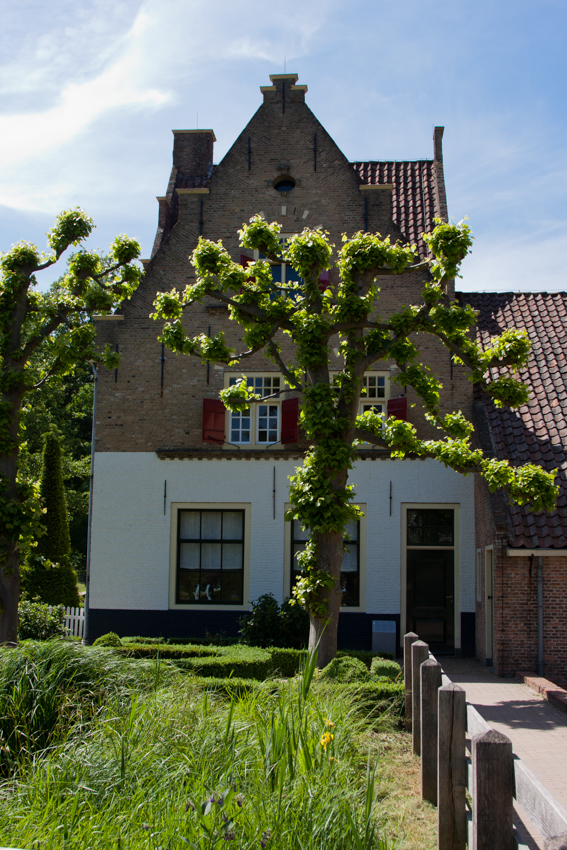

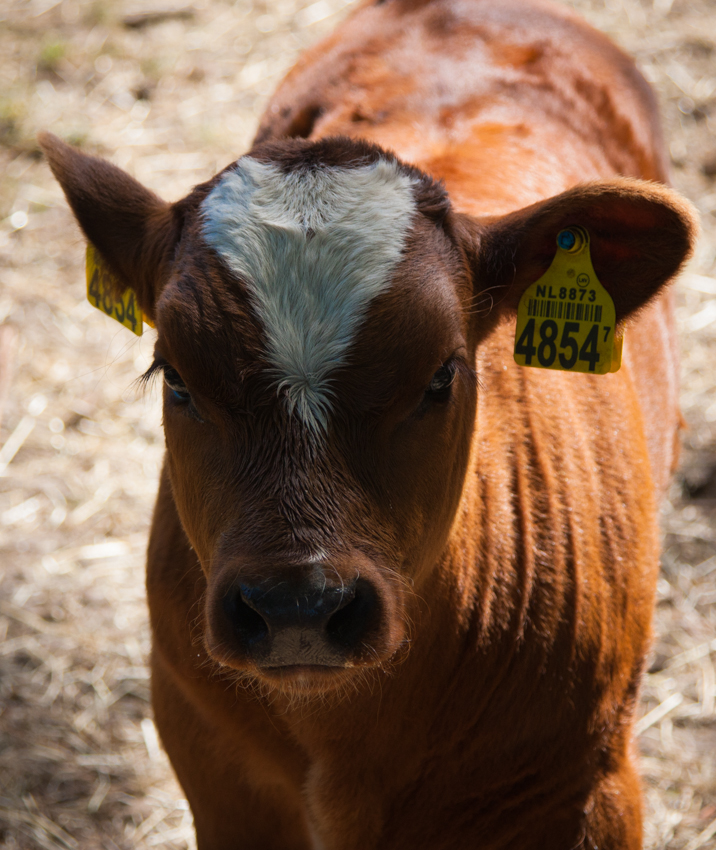
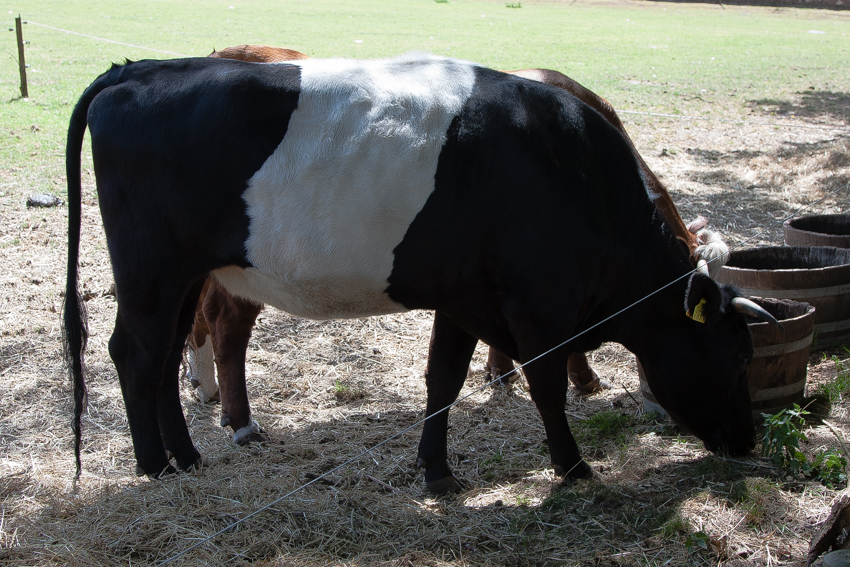
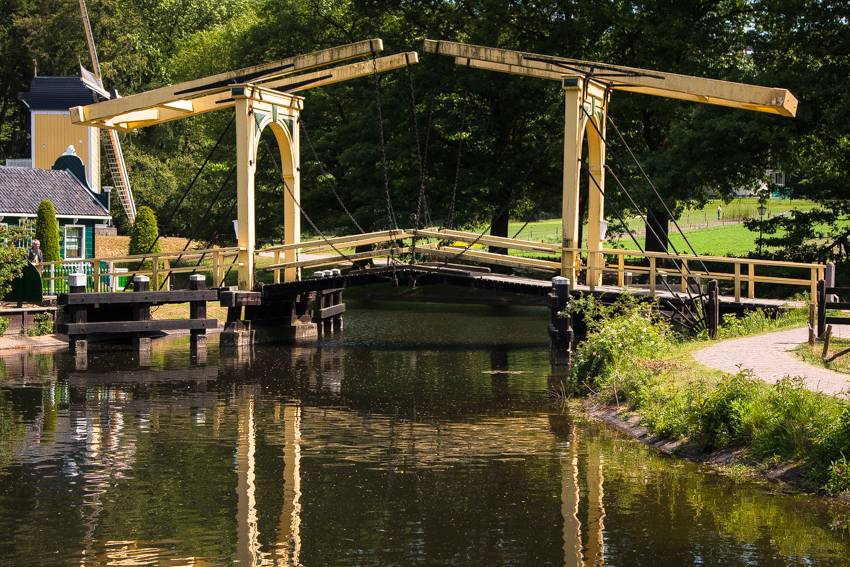

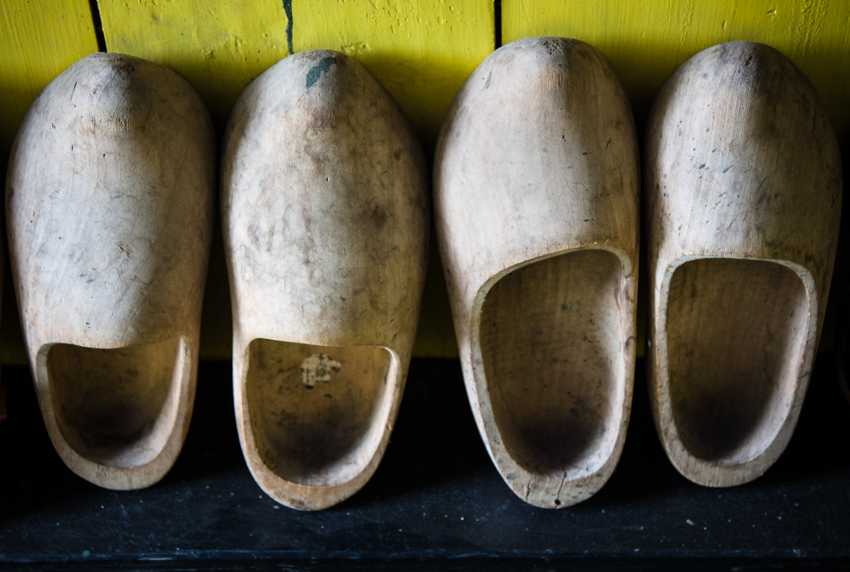
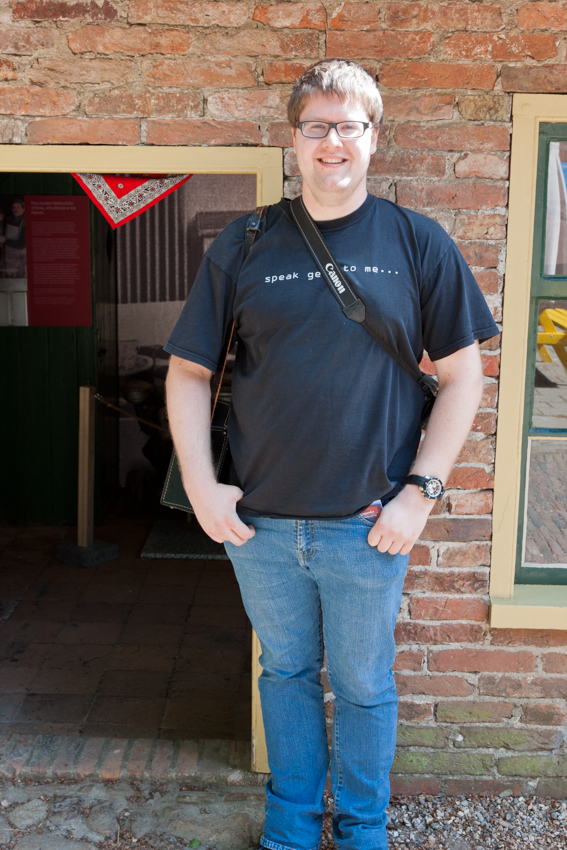
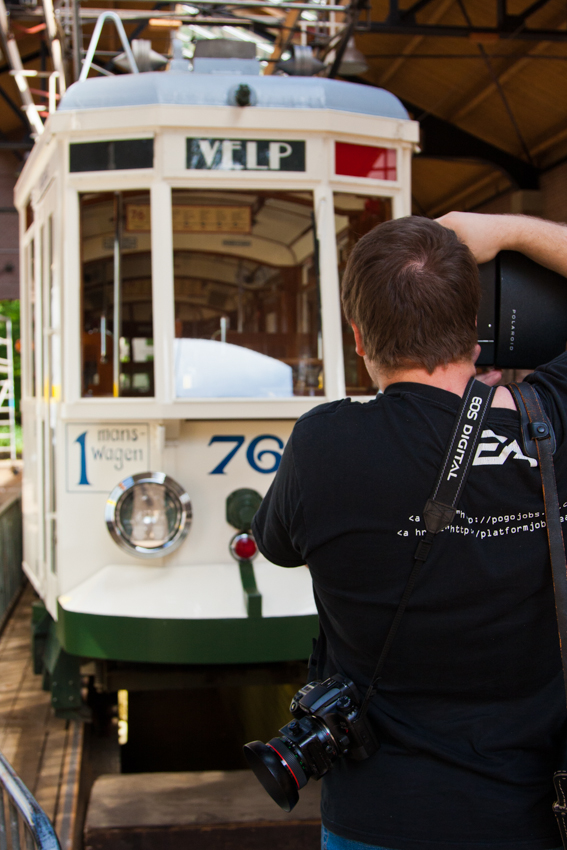
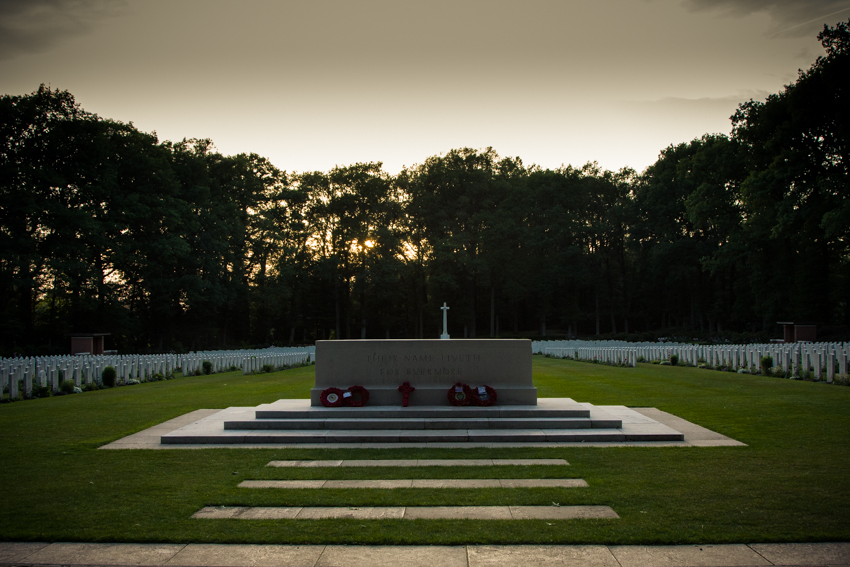


Hello Jen,
I enjoyed reading your weblog.
and was impressed of the beautiful pictures you made.
See you soon!
Nel